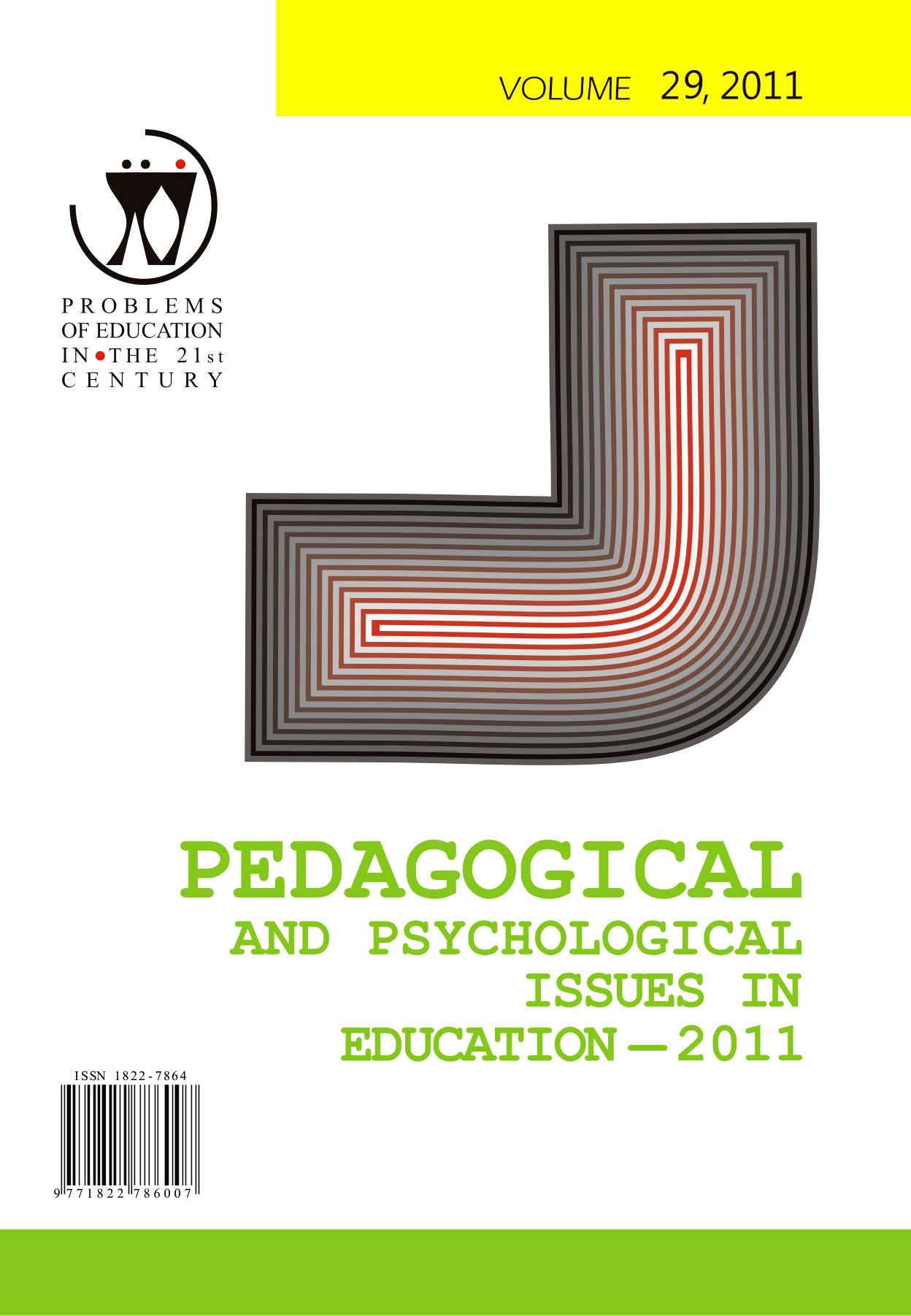EDUCATION AND AESTHETICS: CURRENT AND FUTURE LESSONS TO LEARN FROM PAST EDUCATIONAL CONCEPTS
EDUCATION AND AESTHETICS: CURRENT AND FUTURE LESSONS TO LEARN FROM PAST EDUCATIONAL CONCEPTS
Author(s): Claudia GerdenitschSubject(s): Education, History of Education, Pedagogy
Published by: Scientia Socialis, UAB
Keywords: aesthetics; education; educational relationships;
Summary/Abstract: Referring to the cases of (sexual) abuse and violence in pedagogical institutions recently discussed in Germany and Austria, this article questions the interrelation between concepts of ‘education’ and abuse of power and authority – not only in pre-reform periods, but also “behind the back and in the clothes of reform” (DGfE, 2010). Contrary to renewed reform suggestions, I intend to show that revisiting historical concepts proposes alternative modes of education. Aesthetic education, in particular, is highly potential in the current debate. Using historical, qualitative/hermeneutical text-analysis, I study A. G. Baumgarten’s Aesthetica (1750), which uncovers the fundamental connection of pedagogy and aesthetics, and J. Fr. Herbart’s paper On the Aesthetic Revelation of the World as Education’s Main Concern (1804), which shows the practical value of aesthetic thinking in education: even in moral education, educator and pupil are not immediately or directly correlated but their relationship is mediated by subjects and matters. Furthermore, an aesthetic approach to education draws the main attention to spaces which provide opportunities for development, not to restricting discipline. Aesthetic experience moreover supports sensuality and therefore productively breaks with taboos in an intellectually orientated pedagogical system. All three points are crucial to current and future public and professional debates.
Journal: Problems of Education in the 21st Century
- Issue Year: 29/2011
- Issue No: 1
- Page Range: 35-42
- Page Count: 8
- Language: English

